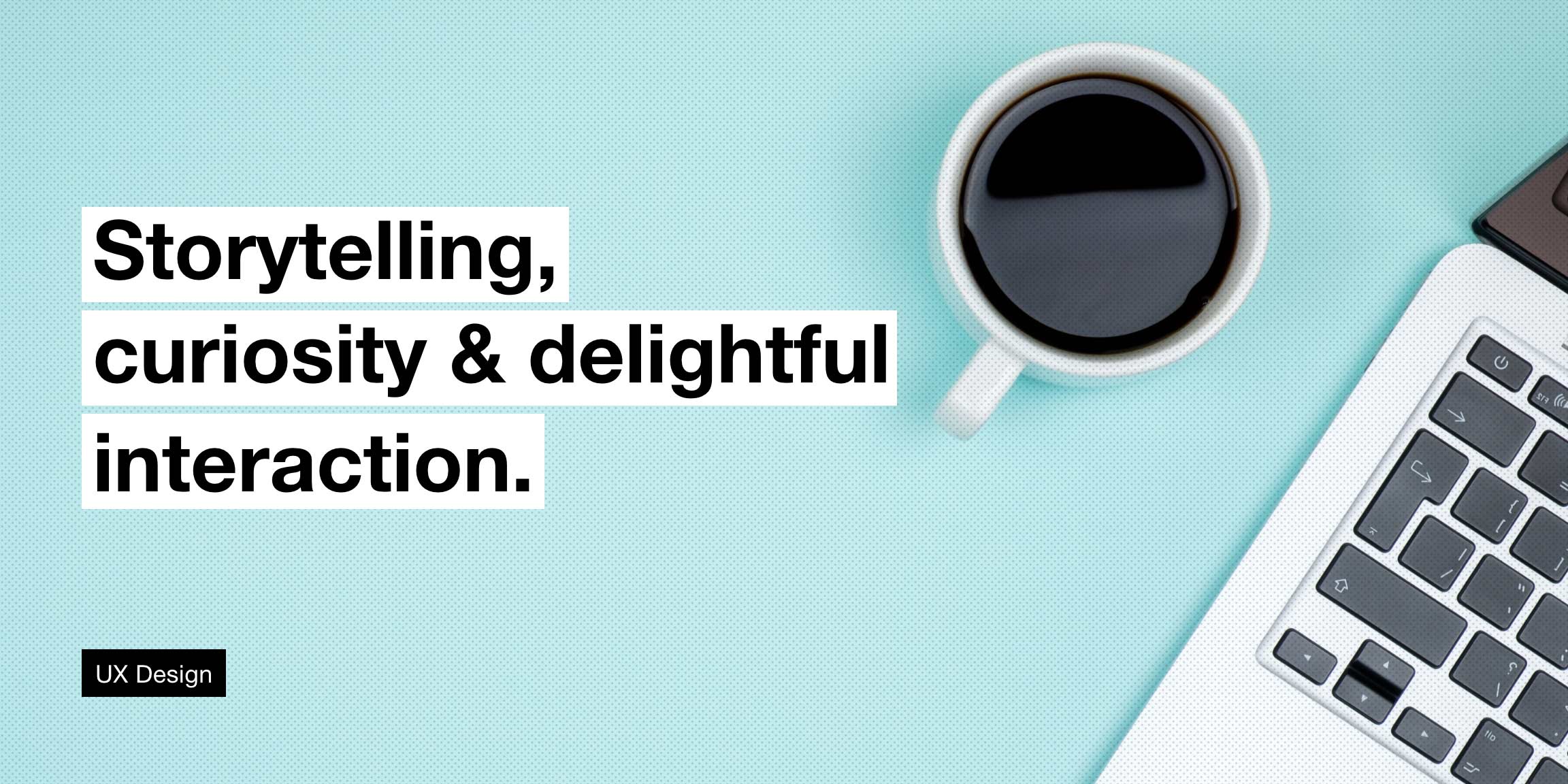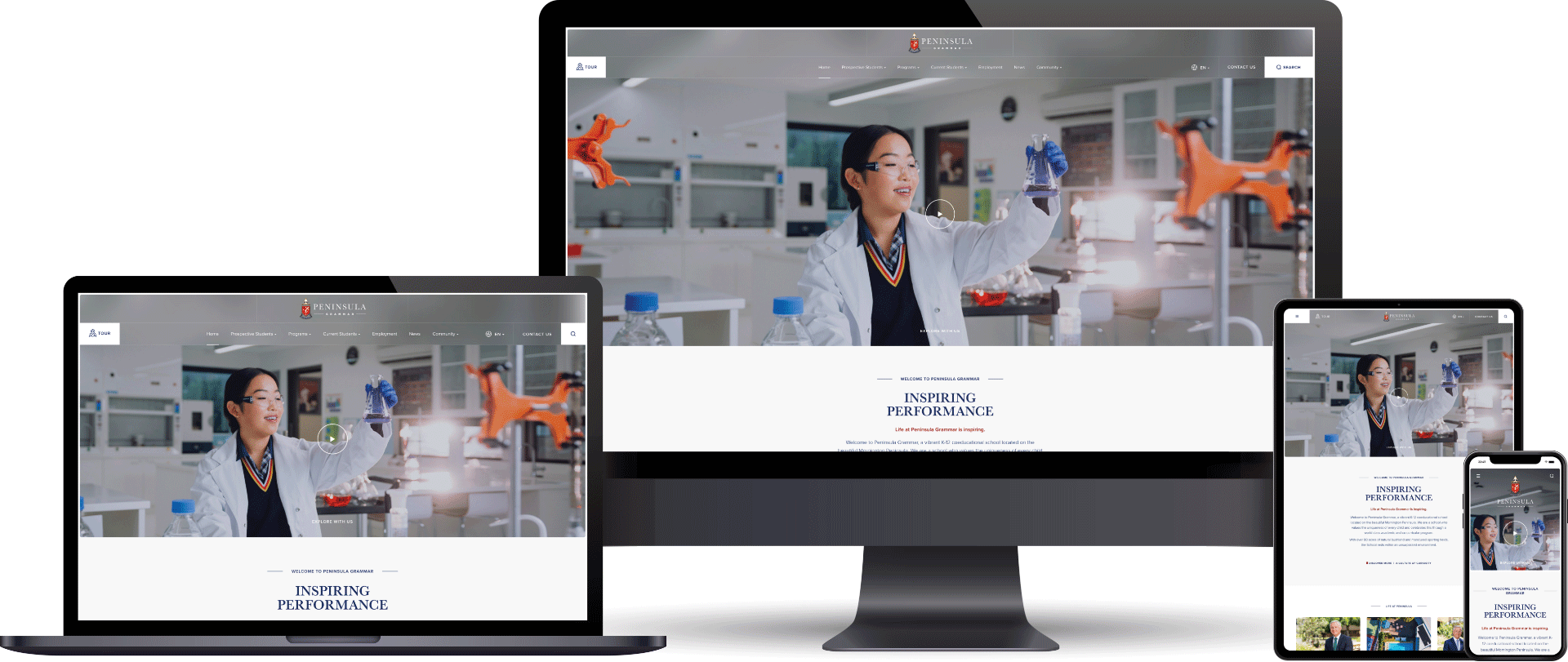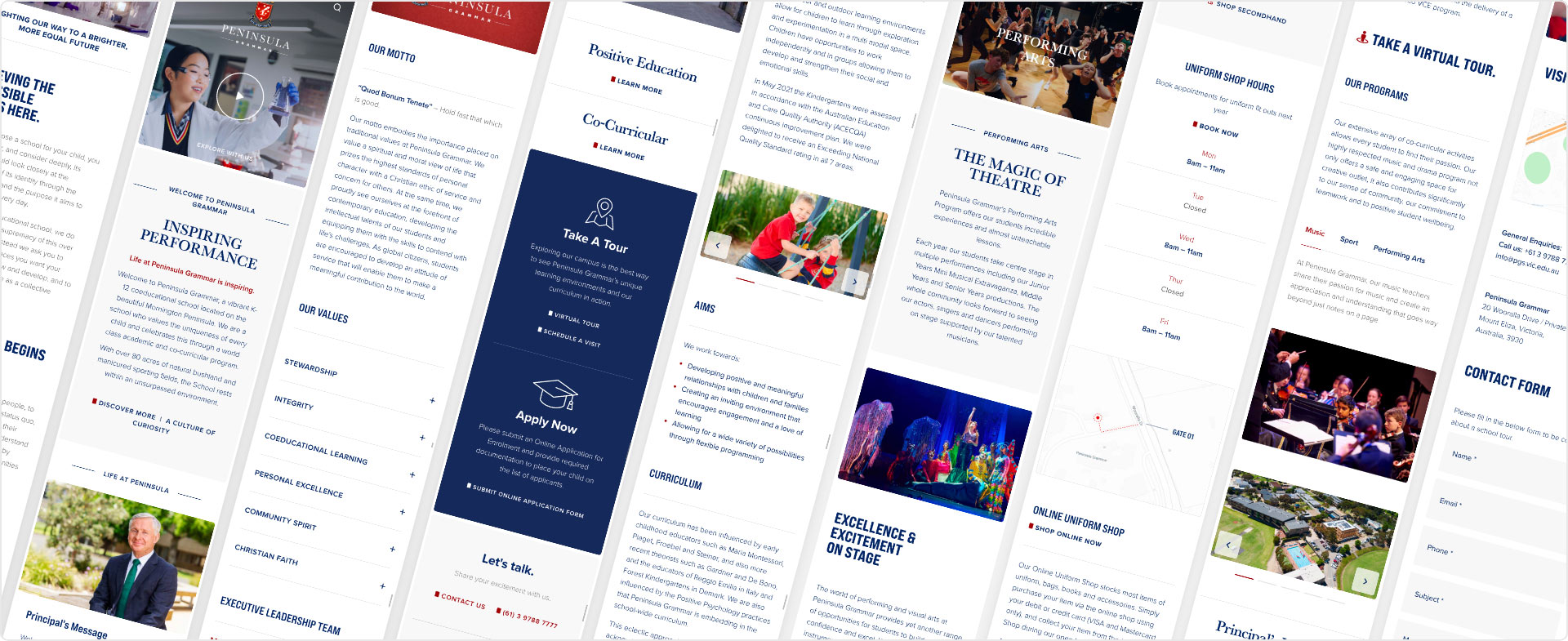
I have always considered myself someone who appreciates the little things in life. Growing up I discovered I had an interest in design and how it can affect our lives in the modern world.
Hi, my name is Cosmin and I am a Digital UX Designer at 10 Feet Tall.
I was first introduced to the field of User Experience Design (UX) while undergoing a 10-week intensive course in UX with Academy XI. This was the pivotal ‘aha!’ moment when it hit me. From that point forward I knew the sort of a designer I wanted to become and how I wanted to apply my strengths within the digital space.
These days it can kind of feel like a buzzword but in essence, UX is a Human-Centred approach to everything we do. UX begins with storytelling, curiosity and collaboration.
My interpretation of UX is:
“The ability to understand the needs, the wants and the behaviours of users (you or I) through storytelling and adopting solutions to problems that will enrich the users experience by translating it into something more useful, easy to use, and delightful to interact with.”
Working as a web designer in a fast-paced creative agency requires quick thinking and quick doing! The tools and processes I implement are iterative from the very start to the very end of all my projects. This allows me to create and test ideas quickly. It’s a cost-effective approach that puts user experience at the heart of the design process.
Some of the tools I use (but aren’t restricted to) include: User Observation, Information Architecture and Usability Testing.

During User Observation and Usability Testing, I start by setting specific tasks and questions for users to complete. These tasks help me understand the strengths and weaknesses of the current experience and the emotions users feel when they perform each of the tasks. This determines what I need to focus on when designing and implementing improvements to the current experience.
Information Architecture defines how content will be structured and presented to a user when interacting with a website. The goal is to help users find information and complete tasks as effectively and sustainably as possible.
The most recent project I completed was for an independent school, Peninsula Grammar. The goal was not only to modernise the website and make it visually appealing but to also improve the current online experience for students, parents and staff of the school.
From the very beginning of the project, it was paramount that we understood the current online experience. Through vigorous usability testing and User Observation, we found key points of frustration and poor usability.
We asked our users questions such as; When visiting the school website, what info are you seeking? How do you find info about enrollment? How informed are you about events and activities happening at school?
Eventually, we were able to pinpoint potential areas of improvement, which allowed us to carefully define a clear and thorough Information Architecture.
However, there is no finish line in any project. As I mentioned earlier, the UX process is an iterative one. This is because there is always room for improvements and constructive feedback which will build a better and more positive user experience in the long run.
